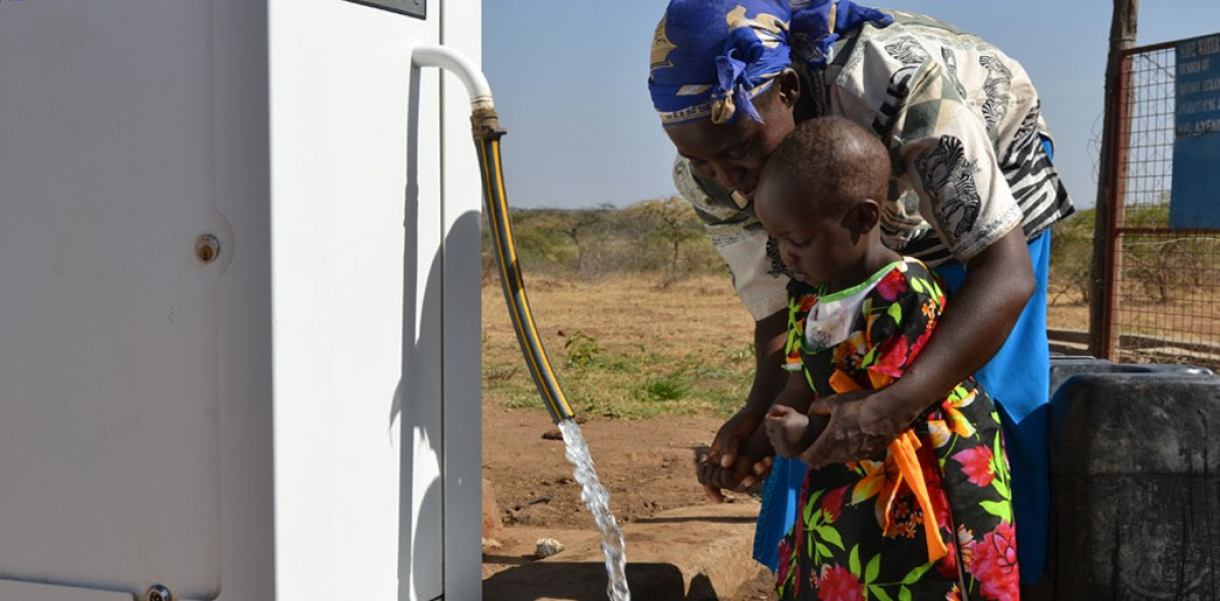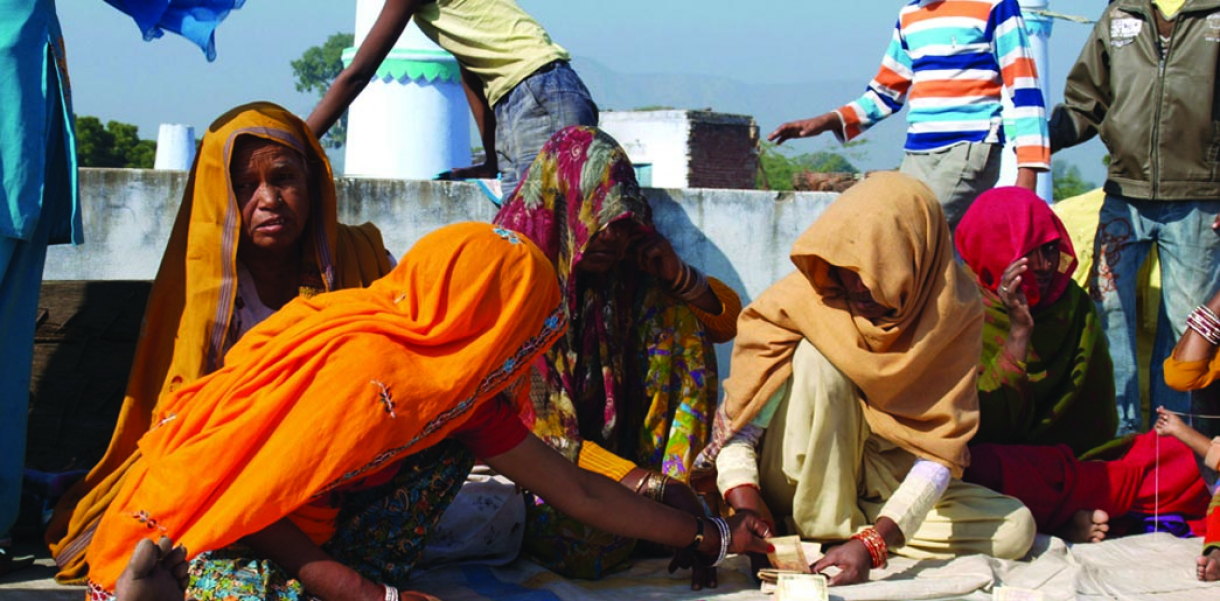More than 200,000 people die every month from water-borne diseases worldwide; half of them are children under the age of 5. Families and communities often get caught up in a spiral of poverty when water is a scarce resource. But take a look at Grundfos Lifelink, a sustainable and transparent turnkey water solution and business model for remote communities without access to water and electricity.
More than one billion people around the world have no access to clean drinking water. Often, women spend several hours every day to fetch water for the family, taking time from more productive activities.
In spite of many years of development aid and hundred thousands of community water projects having been implemented, ensuring access to water for all is still a major development challenge. This is not least because the sustainability rate on water projects is alarmingly low.
An evaluation of 7,000 rural water schemes in Ethiopia showed that 30-40% of these were non-functional (UN World Water Development Report 2009). The lack of sustainability is primarily due to lack of resources, capabilities and spare parts for service and maintenance.
With 200,000 people still dying every year from water related diseases, Danish pump manufacturer company Grundfos decided it was time to change this once and for all. They had seen too many water projects in the developing world fail and decided to come up with a solution to the water problem, and so in 2009 they gave birth to LIFELINK.
Grundfos LIFELINK is a sustainable and transparent drinking water solution for the world’s poorest, putting an end to non-functioning water systems by empowering the people through an intelligent infrastructure. It is designed to provide safe drinking water to small communities, market places, hospitals, orphanages and schools in rural areas around the world.
Drilled into the groundwater, the device consists of a turnkey water solution (pump) for remote communities without access to water and electricity. It encompasses both the water solution itself and a business model, ensuring long-term environmental, financial and social sustainability.
The machine is operated using a simple mobile phone. Even in the poorest areas of the world, mobile phones are widespread. In Kenya for instance, people are accustomed to using mobile phones when selling livestock.
Pump: A well-proven submersible pump from Grundfos ensures reliable operation even under tough conditions.
Renewable energy: The water solution is powered by solar panels or wind turbines. These sources generate the energy to pump underground water.
Water tower: The pumped water is stored in an elevated water tank and then led by gravity to an automatic water tapping unit.
Water station: Users insert a SmartCard with a built-in chip in the slot at the water tapping unit in order to tap water. A display shows how many water credits are available.
SmartCard: Water credits are pre-paid to the SmartCard. When inserted in the slot, the water flows automatically until the card is removed or the water credits have been exhausted.
Mobile phone: Water credits are transferred to the SmartCard via mobile phone banking. It is fast and simple. A percentage of the payment for water is allocated to service and maintenance, which means that lengthy downtime and negligence due to lack of funds are history.
Adaption to needs: Depending on the quality of the raw water source, the required water capacity and the community layout, Grundfos LIFELINK engineers can adapt the design to suit the needs of the individual community. The solution and its optimal components are then chosen on the basis of the results of our community evaluation and mobilization processes.
The LIFELINK isn’t cheap, which is why three business models are in place. They focus on engaging partnerships with governments, NGOs, knowledge and research organizations, corporations and foundations to help finance the pumps. The smartcard systems depend entirely on how much the communities are able to invest.
Donation model:
In the poorest areas, such as many African countries, LIFELINK water systems can be donated by governments, NGOs, humanitarian organizations and foundations, etc. The price of water here is very low and any income generated mainly covers the service/maintenance of the system.
Semi-commercial:
In other cases, the community itself pays a share of the initial capital investment and the remaining share is donated. The income from selling the water covers the repayment of the loan and service/maintenance.
Commercial model:
In cases where the community has the means and the ability to operate the water solution, the village will receive financing of the entire water solution. The price of water is typically higher and the revenue covers both the repayment of the loan and service/maintenance.
The Grundfos LIFELINK offers users a safe and accessible water source that has the potential to save the lives of thousands of people.






